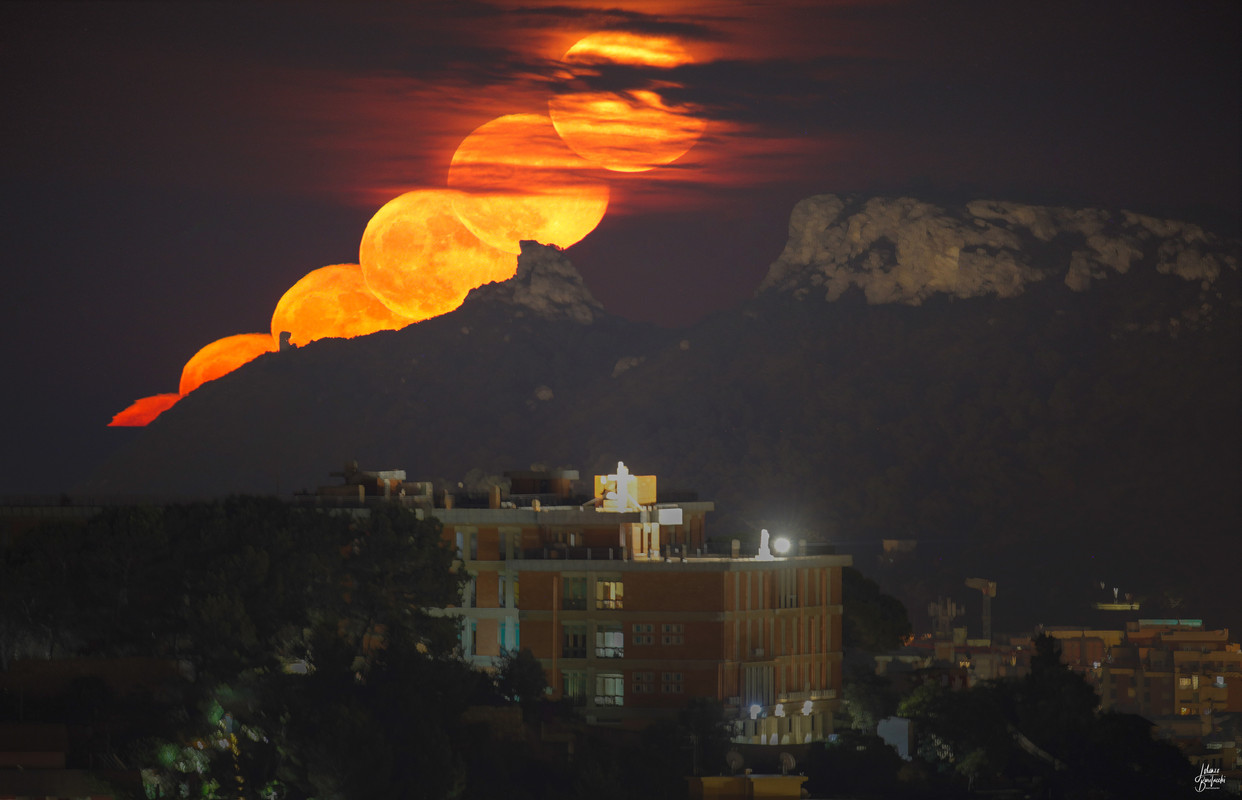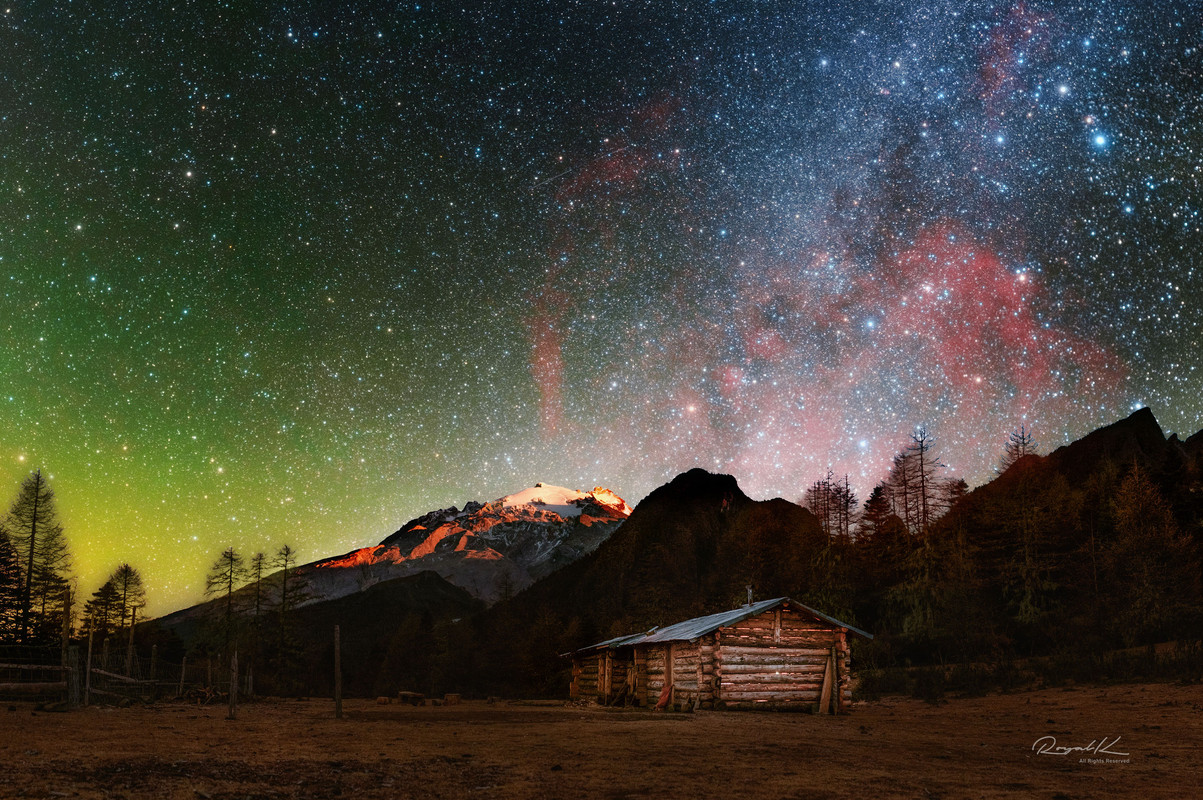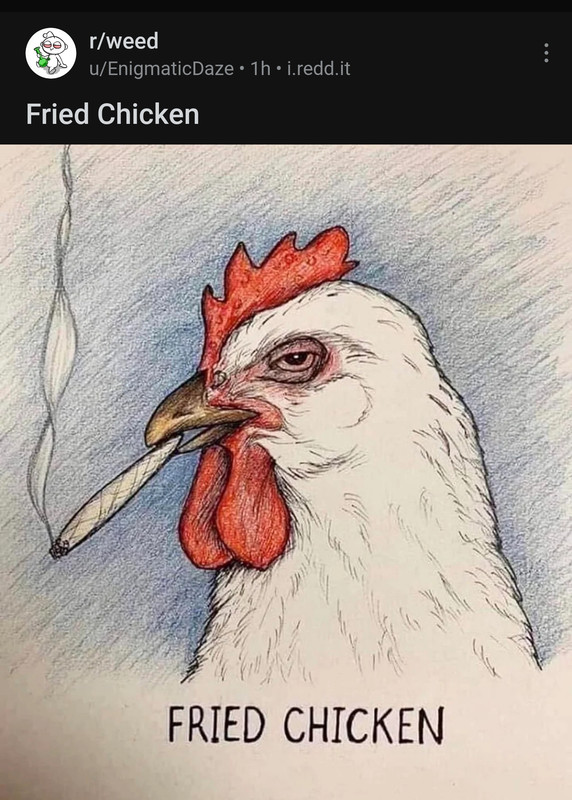-
SCAM WARNING! See how this scam works in Classifieds.
You are using an out of date browser. It may not display this or other websites correctly.
You should upgrade or use an alternative browser.
You should upgrade or use an alternative browser.
The Picture Thread
- Thread starter vtac
- Start date
ChooChooCharlie
Well-Known Member
Fauve Fish!

paintings by Maurice de Vlaminck
(Bemberg Foundation collection currently at SDMA)
and Koi from the Japanese Friendship Garden

paintings by Maurice de Vlaminck
(Bemberg Foundation collection currently at SDMA)
and Koi from the Japanese Friendship Garden
stark1
Lonesome Planet
Pow the Grand 8 Planetary alignment as seen in the southern hemisphere (with “Luna” thrown in
For good measure).
Around Altacama, a Chile morning.
Courtesy APOD

View from the northern hemisphere

denise levertov poems
For good measure).
Around Altacama, a Chile morning.
Courtesy APOD

View from the northern hemisphere

denise levertov poems
CrazyDiamond
HAL is a StarChild
stark1
Lonesome Planet
What art, this?

A celestial trajectory, of comet K2, from he who art in heaven (J/K)
K2, on its maiden voyage from the Oort Cloud— a most unusual comet, with a coma subliming an ion tail
many AU from the sun.
A 2-body (sun-comet) solution predicts perihelion on 19 December 2022, while a many body solution
(with planets included) has perihelion on the 17th of December.
Closest approach to earth is this month, on the 14th of July. It will be 1.85 AU, or 172 million miles away then.

K2 (Comet C/2017 K2 (PanSTARRS))


A celestial trajectory, of comet K2, from he who art in heaven (J/K)
K2, on its maiden voyage from the Oort Cloud— a most unusual comet, with a coma subliming an ion tail
many AU from the sun.
A 2-body (sun-comet) solution predicts perihelion on 19 December 2022, while a many body solution
(with planets included) has perihelion on the 17th of December.
Closest approach to earth is this month, on the 14th of July. It will be 1.85 AU, or 172 million miles away then.

K2 (Comet C/2017 K2 (PanSTARRS))

Last edited:
CrazyDiamond
HAL is a StarChild
Near the horizon the full moon often seems to loom large, swollen in appearance by the famous Moon illusion. But time-lapse image sequences demonstrate that the Moon's angular size doesn't really change as it rises or sets. Its color does, though. Recording a frame about every 60 seconds, this image also shows how red the Sun can look while low on the horizon. The featured montage was taken from Cagliari, Sardinia, Italy, the day after June's Strawberry Moon, a full moon dubbed a supermoon due to its slightly larger-than-usual angular size. This Strawberry Supermoon is seen rising behind the Devil's Saddle, a mountain named for the unusual moon-sized dip seen just to the right of the rising moon. A shrinking line-of-sight through planet Earth's dense and dusty atmosphere shifted the moonlight from strawberry red through honey-colored and paler yellowish hues. That change seems appropriate for a northern June Full Moon also known as the Strawberry or Honey Moon. A Thunder Supermoon -- the third of four supermoons in 2022 -- will occur later this month.


stark1
Lonesome Planet
CANtalk
Well-Known Member
CANtalk
Well-Known Member
First James Webb telescope picture released. Zoom in for more detail.
Its sharp near-infrared view brought out faint structures in extremely distant galaxies, offering the most detailed view of the early universe to date. The image covers a patch of sky approximately the size of a grain of sand held at arm’s length by someone on the ground – and reveals thousands of galaxies in a tiny sliver of vast universe.



Its sharp near-infrared view brought out faint structures in extremely distant galaxies, offering the most detailed view of the early universe to date. The image covers a patch of sky approximately the size of a grain of sand held at arm’s length by someone on the ground – and reveals thousands of galaxies in a tiny sliver of vast universe.



Last edited:
CANtalk
Well-Known Member
More James Webb images. https://www.nasa.gov/webbfirstimages
Carina nebula

Hubble view here of the area around the pink star at the top of the formation, for resolution comparison. The James Webb telescope collects images much faster as well.
Stephan's Quintet

Southern Ring Nebula

The stars – and their layers of light – are prominent in the image from Webb’s Near-Infrared Camera (NIRCam) on the left, while the image from Webb’s Mid-Infrared Instrument (MIRI) on the right shows for the first time that the second star is surrounded by dust. The brighter star is in an earlier stage of its stellar evolution and will probably eject its own planetary nebula in the future. Most of the multi-colored points of light seen here are galaxies – not stars.


Carina nebula

Hubble view here of the area around the pink star at the top of the formation, for resolution comparison. The James Webb telescope collects images much faster as well.
Stephan's Quintet

Southern Ring Nebula

The stars – and their layers of light – are prominent in the image from Webb’s Near-Infrared Camera (NIRCam) on the left, while the image from Webb’s Mid-Infrared Instrument (MIRI) on the right shows for the first time that the second star is surrounded by dust. The brighter star is in an earlier stage of its stellar evolution and will probably eject its own planetary nebula in the future. Most of the multi-colored points of light seen here are galaxies – not stars.


Last edited:

























